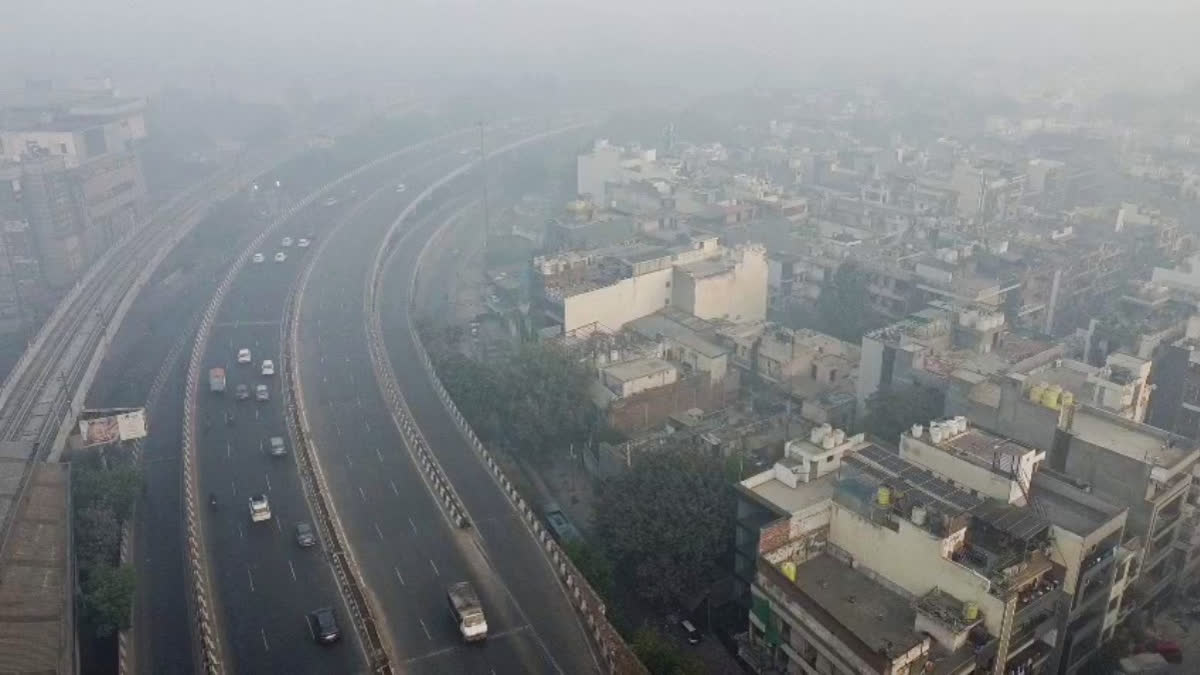New Delhi:Air quality in New Delhi plummeted further on Monday morning, with the AQI reaching the ‘severe’ category at 415, according to data from the Central Pollution Control Board (CPCB). This marks a worrying trend, as the AQI averaged 409 on Sunday and 370 on Saturday.
The India Meteorological Department (IMD) has predicted light rains for Monday, which is likely to clear some of the smog in the national capital. The primary pollutant driving this hazardous air quality in the city is PM2.5, fine particulate matter measuring 2.5 micrometres or smaller.
These particles can penetrate deep into the lungs, causing severe respiratory and cardiovascular complications. Prolonged exposure can lead to chronic health conditions, particularly for vulnerable groups such as children, the elderly, and individuals with pre-existing conditions.
AQI from 0-50 is considered 'good', 51-100 ‘satisfactory’, 101-200 'moderate', 201-300 'poor', 301-400 ‘very poor’, and 401-500 ‘severe’. On Sunday, 37 out of 39 monitoring stations across Delhi reported AQI levels in the ‘severe plus’ category, with some areas recording alarming levels as high as 474.
Weather Conditions and Health Risks
The India Meteorological Department (IMD) has forecast cloudy skies with light rain on Monday, which may provide temporary relief from pollution levels. The maximum and minimum temperatures are expected to settle at 20°C and 7°C, respectively. On Sunday, Delhi recorded a maximum temperature of 24.1°C, three notches above normal, while the minimum temperature stood at 7.3°C, a notch below normal. Humidity levels ranged between 68% and 97%, and fog enveloped the city in the morning.
While light rain could help settle pollutants, experts warn that the current weather conditions, low temperatures and high humidity, could exacerbate pollution by trapping particulates closer to the ground.
